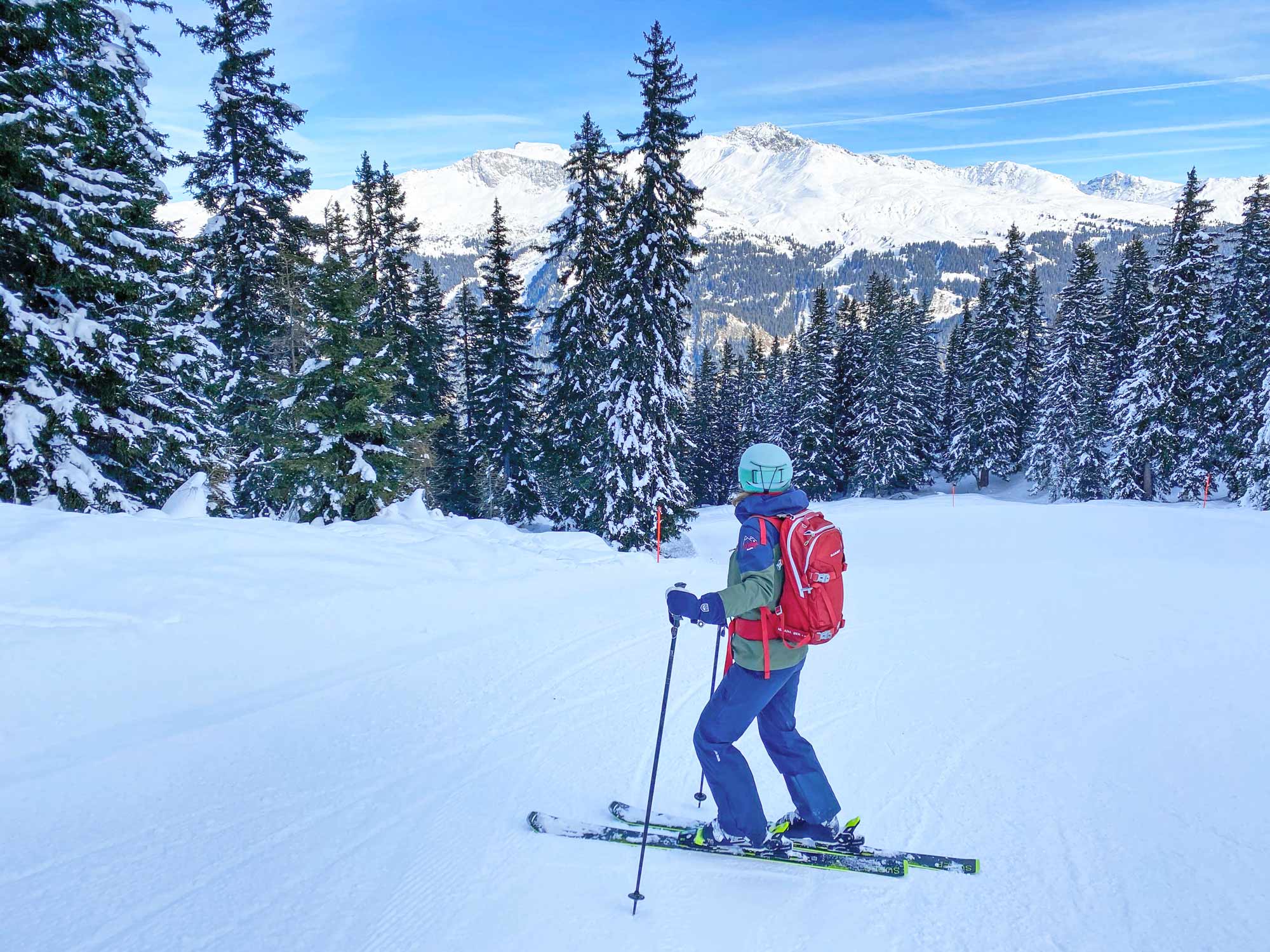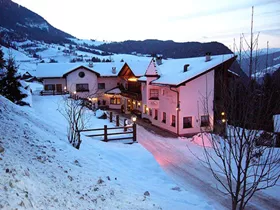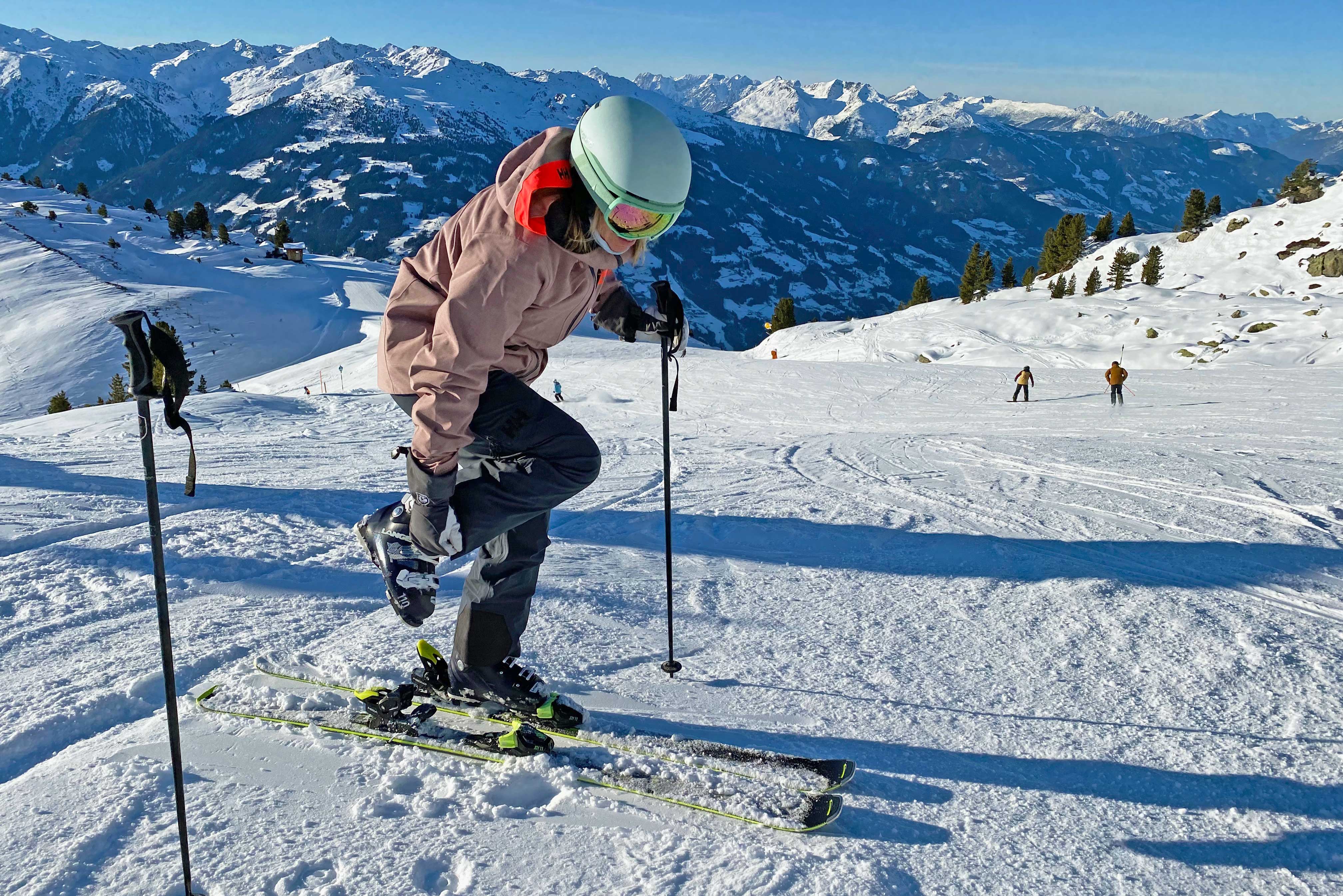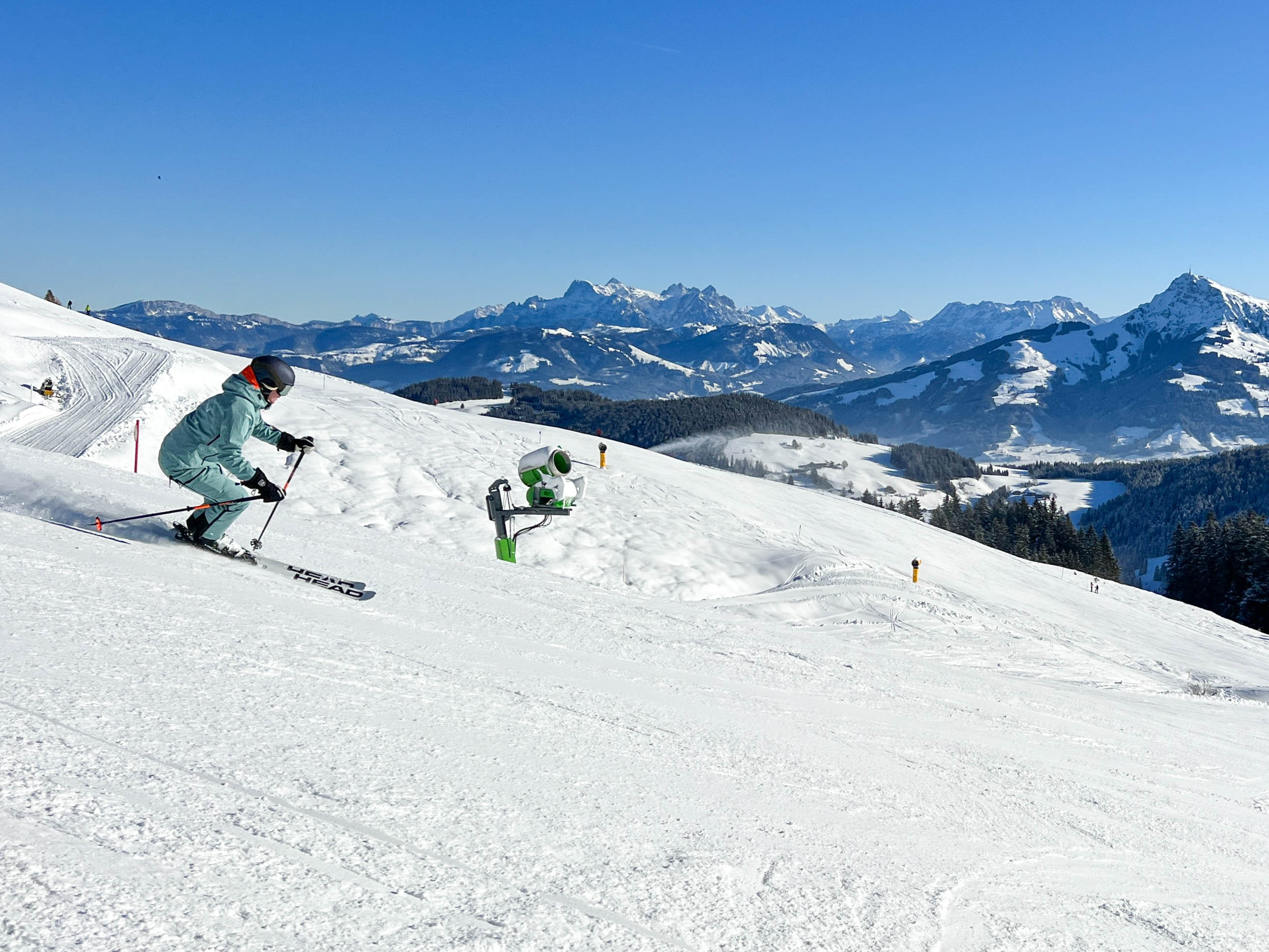

Ski poles! Great for leaning on when the lift queue is moving slowly. Or for pushing yourself along the flat bits (take that, snowboarders!). Or for dragging along behind you in a desperate and misguided effort to slow yourself down on a steep slope. But ski poles weren't actually invented for any of the above purposes. Used properly, they can help you adopt the proper stance for efficient, smooth skiing. Keep reading for tips on how to properly use your ski poles!
Ski poles help with balance, rhythm and coordination
Ski poles exist for three reasons: balance, rhythm and coordination. They're not as important when you're still snowploughing, as your skis are wide enough to provide more than enough balance. But they're ubiquitous in parallel skiing, where your poles automatically help put your body in the right position to seamlessly weight and unweight your skis as you turn. In fact, once you're used to relying on your poles to weight and unweight your skis,you'll find it almost impossible to ski without them.
#1. Balance
Spread your skis wide and then slowly bring them towards each other into a parallel skiing position - notice how it's harder to balance the closer your skis get? Poles can help compensate for this small support surface, making you more stable and helping you navigate your turns.
#2. Rhythm
Your poles work like a metronome to establish a steady rhythm as you make turn after turn - this is most noticeable when stringing together a series of short turns. Plant your pole, turn around it. Plant your pole, turn around it. Plant, turn, plant, turn.
#3. Coordination
Planting your pole at the right moment just before you turn helps adjust your body to the correct position to make the turn, without you having to concentrate on every detail of where to put your limbs and torso. It also makes you commit to the turn, helping to establish the aforementioned rhythm and smoothly link your turns.

How to hold your poles
Stick your hand through the pole strap and let it hang off your wrist. Now, grasp the handle with your thumb located outside the strap, so the strap runs between your thumb and index finger. This is the proper way to hold a ski pole so you don't risk breaking your thumb if you land badly. Hold your arms out in front of you about 20-30cm out from your body with your elbows bent almost to a 90-degree angle; this is your general starting position.
Planting your poles
We always turn around the pole, meaning to prepare for a turn, you should plant the pole that's next to the inner ski of the upcoming turn. Plant the pole near the tip of the inner ski and turn around it; with a slight wrist movement the position of the pole will naturally move towards the back of the ski as you move downhill and you will end up dragging it lightly along the snow behind you.














